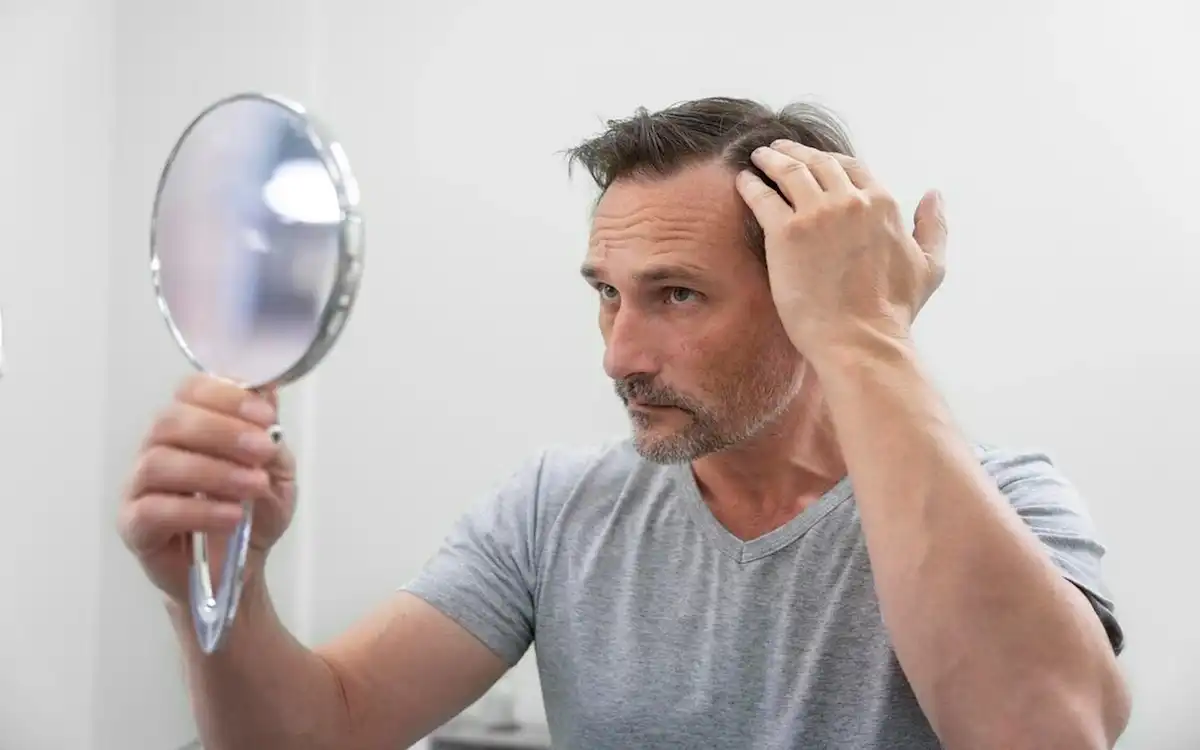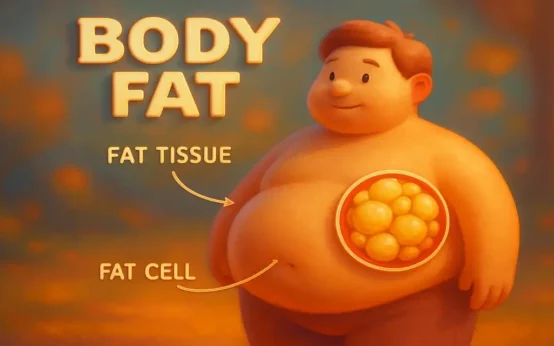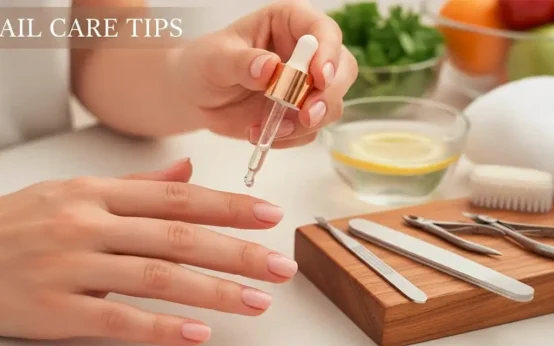Men’s hair loss isn’t just a matter of looks; it’s a highly personal issue that can have an impact on their mental health, social life, and sense of self-worth. Many people lose their hair as they get older, but modern medicine and health practices have made a lot of treatments that can slow, stop, or even cure hair loss. The first step to getting back in control is to learn about the reasons and available treatments.
Understanding Hair Loss In Men
Androgenetic alopecia, the medical term for male hair loss, is mostly caused by genes and hormones. Dihydrotestosterone (DHT), a hormone that is a product of testosterone, is usually to blame. DHT shrinks hair cells over time, which causes hair to thin and fall out.
Men usually lose their hair regularly. It starts with a drooping forehead, gets thinner at the crown, and ends with total baldness on top of the head. This is called the Norwood scale. Hair loss can start in guys as early as their late teens or early twenties, though age does play a role.
Stress, bad diet, underlying health problems (like thyroid disease or autoimmune disorders), and some medicines are some other things that can make it worse. When hair loss is obvious, it’s best to see a doctor or hair expert to find out what’s causing it and how to treat it.
Medical Treatments
For male pattern baldness, Minoxidil is an over-the-counter foam or product that you put on your hair. The FDA has cleared it. It works by making the blood vessels in the head bigger, which sends more blood and nutrients to the hair cells. This process helps hair grow back and stops it from getting thinner.
Minoxidil needs to be used regularly, usually twice a day, and it could take anywhere from three to six months to see effects. Even though it’s usually safe, some people get irritated scalps or unwanted face hair growth. Once it starts, it has to be used all the time to keep the effects.
Finasteride is an oral prescription drug that works on DHT, which is the major cause of hair loss. It stops the enzyme 5-alpha reductase from doing its job, which is to change testosterone into DHT. It stops hair follicles from shrinking and helps hair grow back by lowering DHT levels.
Finasteride has been shown in clinical tests to slow hair loss in up to 90% of men and even help many of them grow hair back. It does have some side effects, though. Some men report losing their libido, having trouble getting an erection, or other chemical changes. Before you start treatment, your physician can help you weigh the risks and rewards.
Low-level Laser Therapy (LLLT)
Red light waves are used in LLLT to trigger hair cells at the cellular level. Laser combs, hats, and caps are all made to be used at home. The method doesn’t hurt and doesn’t involve surgery, and several studies have shown that it works to increase hair growth.
Most people have to use the device a few times a week for a few months before they start to see effects. Even though LLLT is a newer technology, it has shown promise, especially when used with other methods.
Surgical Options
Hair Transplant Surgery
Hair replacement surgery may be the best option for guys who have lost a lot of hair. It is mostly done with Follicular Unit Extraction (FUE) and Follicular Unit Transplantation (FUT). In both, healthy hair cells are moved from a donor area, which is usually the back of the head, to places where hair is falling out or is getting thinner.
There aren’t as many scars after FUE as after FUT, but FUE may produce more grafts. Recovery time varies, but most of the time, the effects last and look normal. Getting surgery from a skilled and well-known expert is very important for the best results.
Scalp Micropigmentation
Scalp micropigmentation (SMP) is a cosmetic process that uses micro-needles and pigment to make the head look like it has been shaved very close. It is not a way to grow hair. It’s a great choice for guys who like the look of short hair but want a bigger jawline.
Natural And Lifestyle Approaches
To naturally stop hair loss, you need to take care of your skin and hair follicles. Nutrition is very important. Not getting enough iron, zinc, biotin, or vitamin D can make your hair thin. Hair gets stronger when you eat a balanced diet full of protein, healthy fats, and fresh greens.
Using essential oils like rosemary, peppermint, or tea tree oil to rub your scalp may help the blood flow and stimulate your hair follicles. Getting enough exercise, meditation, and sleep can also help you deal with worry and stop hair loss caused by chemical changes.
You can stop more hair damage and loss by staying away from strong chemical treatments, heat styling, and tight hairstyles.
Emerging And Advanced Treatments
Prp Therapy
For Platelet-Rich Plasma (PRP) treatment, blood is drawn from the patient, platelets are taken out, and then injected into the head. These platelets have growth factors in them that help the body heal and hair follicles grow back. It’s a method that doesn’t involve surgery that is becoming more and more supported by doctors.
Stem Cell And Exosome Therapy
Stem cell and exosome treatments have a lot of interesting promise, but they are still in the testing stages. By telling cells to fix and grow back, these restorative treatments try to wake up dormant follicles and get hair growth going again. They are pricey and not widely available yet, but they could change how we treat diseases in the future.
Personalized Medicine
With genetic tests and precision medicine, treatment plans can be made just for each person based on their unique DNA and hormone profile. These new ideas offer answers that are more focused, work better, and have fewer side effects.
Conclusion
Men often lose their hair, but it can be treated. With today’s science, medical progress, and natural remedies, it’s easier than ever to get your hair and confidence back. The keys to success are early help, reasonable goals, and a plan that is made just for the person.




 Importance of Hydration for Your Brain, Body, and Everyday Energy
Importance of Hydration for Your Brain, Body, and Everyday Energy  Healthiest Breakfast Cereal for Children
Healthiest Breakfast Cereal for Children  Anxiety Management Techniques
Anxiety Management Techniques  How To Remove Sun Tan From Hands
How To Remove Sun Tan From Hands  What Makes Fat in Our Body?
What Makes Fat in Our Body?  How to Take Care Your Nails
How to Take Care Your Nails